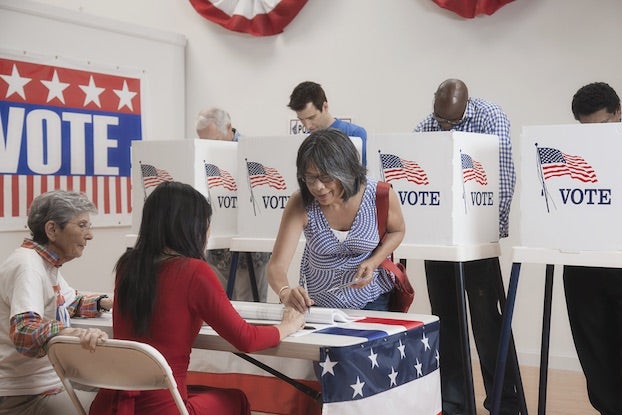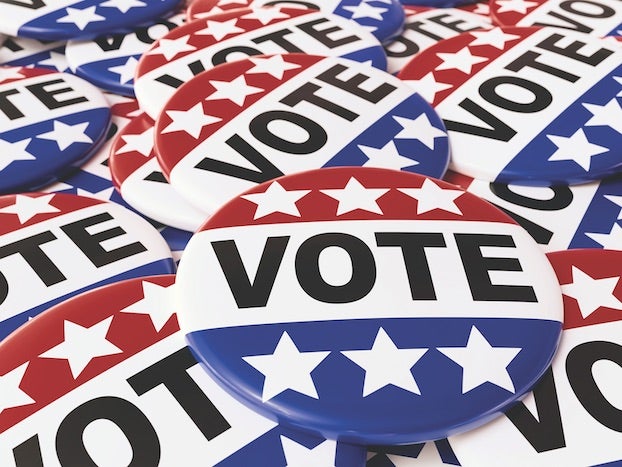Understanding debt can curb problems
Published 8:43 am Tuesday, August 5, 2014
Louisiana has 8.7 percent of its citizens on credit reports as having past-due debt, the highest percentage in the country. However, it is doing much better than some other states when it comes to debt that has already been targeted for collection.
Nevada holds the title in that department. It has 46.9 percent of its residents who are having to deal with collection agents. Louisiana has 43.8 percent of its citizens facing that dilemma.
Nationally, the averages are 5.3 percent of citizens with past-due debt and 35.1 percent with debt in collections. The average debt in collections nationwide is $5,178, and the average income is $72,254.
The debt report was a project of the Urban Institute. Its numbers involve everything but mortgage debt, which it said could result in collections activity, but it is very rare.
The institute said financial distress is a daily challenge for millions of American consumers.
“Nearly 12 million adults — 5.3 percent of Americans with a credit file — have non-mortgage debt reported past due, and they need to pay $2,258 on average to become current on that debt…,” the institute said.
Utah had only 3.4 percent of its citizens with past due debt, the lowest in the country. North Dakota had only 19.2 percent of its citizens with debt in collections, also the lowest in the country.
Nevada had the highest average debt in collections — $7,198. Much of that has been attributed to the housing bust that started the 2009 recession.
Louisiana’s average debt in collections was $4,194. The District of Columbia had the lowest average debt in collections at $3,547. It also had the highest average income — $103,652.
The Urban Institute talked about the possible severe consequences of delinquent debt. It lowers credit scores, which are used to determine eligibility for jobs, access to rental housing and mortgages, insurance premiums and access to credit in general.
The Association of Credit and Collection Professionals said health care-related bills account for 37.9 percent of the debt collected. Student loan debt represents 25.2 percent and credit cards account for 10.1 percent. The association said the rest of the debt collected goes to local governments, retailers, telecoms and utilities.
Why do people get into debt? Credit counseling agencies said many of those in money trouble have low-paying jobs in construction and services. And wages don’t grow fast enough to keep up. Some states are heavy retirement areas where people are on fixed incomes and struggle to pay medical bills.
Some of the debt news is good. The American Bankers Association said as a share of people’s income, credit card debt has reached its lowest level in more than a decade. People are increasingly paying off balances each month. Just 2.44 percent of card accounts are overdue by 30 days or more, versus the 15-year average of 3.82 percent.
Understanding the consequences of bad debt can be beneficial, particularly for young Americans who haven’t experienced much of the downside of “getting in over your head.” We urge them to try and avoid the debt problems facing too many older citizens.





